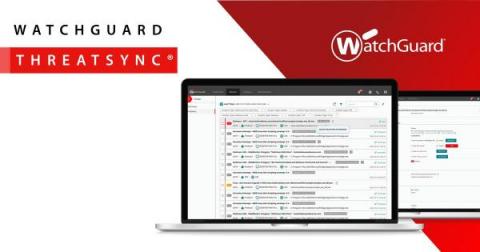Security | Threat Detection | Cyberattacks | DevSecOps | Compliance
Security
WatchGuard's XDR Solution, ThreatSync, Simplifies Cybersecurity for Incident Responders
8 Common Cybersecurity issues when purchasing real estate online: and how to handle them
More and more, people are completing the entire real estate transaction process online. From searching for properties to signing documents, online convenience can make the process easier and more efficient. However, with all of this activity taking place on the internet, it is important to be aware of the potential security risks that come along with it.
XDR: what is it, how does it work and how do MSPs use it?
We have been talking about eXtended Detection and Response (XDR) for some years now, but despite being a buzzword in the industry, a fundamental question remains: what are we really talking about here? According to Gartner, which first defined the term in 2020, XDR is a vendor-specific threat detection and incident response tool that natively integrates multiple security products into a cohesive security operations system.
February Cyber Roundup
10 Database Security Best Practices You Should Know
Around 39 billion records were compromised between January and December of last year, according to Flashpoint’s 2022 A Year in Review report. While this result is quite staggering, it also sends a clear message of the need for effective database security measures. Database security measures are a bit different from network security practices. The former involves physical steps, software solutions and even educating your employees.
How Tines achieved SOC 2 compliance in record time, saving 250+ human hours
Achieving any kind of compliance can be grueling. Ensuring your organization is SOC 2 compliant is often a particularly laborious endeavor, requiring extensive resources to obtain and maintain. SOC 2 is a comprehensive cybersecurity compliance framework developed by the AICPA (American Institute of Certified Public Accountants). It helps guarantee third-party service providers handle customer data with appropriate security measures.
How Ransomware Sanctions Can Affect Cyber Insurance
How to Identify And Prevent ARP Poisoning or Spoofing Attacks
Address Resolution Protocol (ARP) acts as a vital bridge between the world of IP addresses and MAC addresses, allowing devices on local area networks to seek out each other's physical address based solely on their IP. ARP (Address Resolution Protocol) can also be defined as a communication protocol used to map a network layer address (such as an IP address) to a link layer address (such as a MAC address).
Data Extortionists Responsible for Millions of Euros in Damages Arrested in the Netherlands
Read also: Two suspects in recent $9M Platipus DeFi hack arrested in France, CISA shares advice on how to improve security posture, and more.











